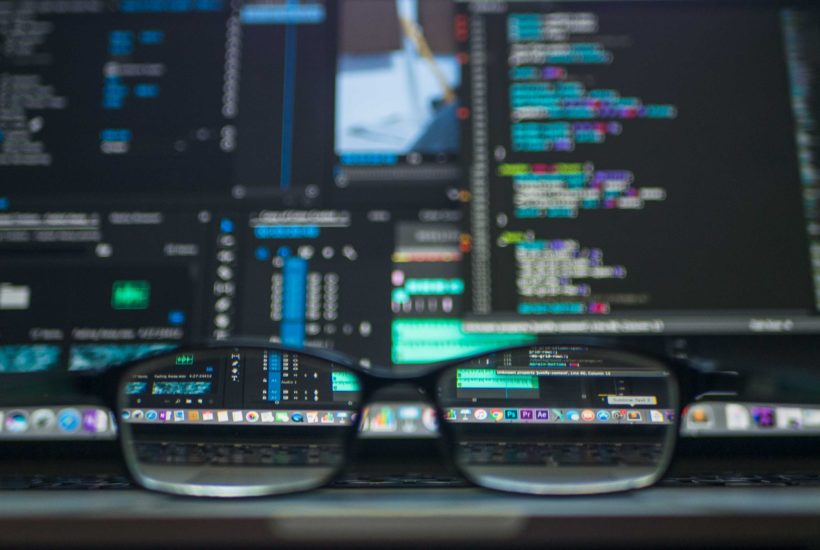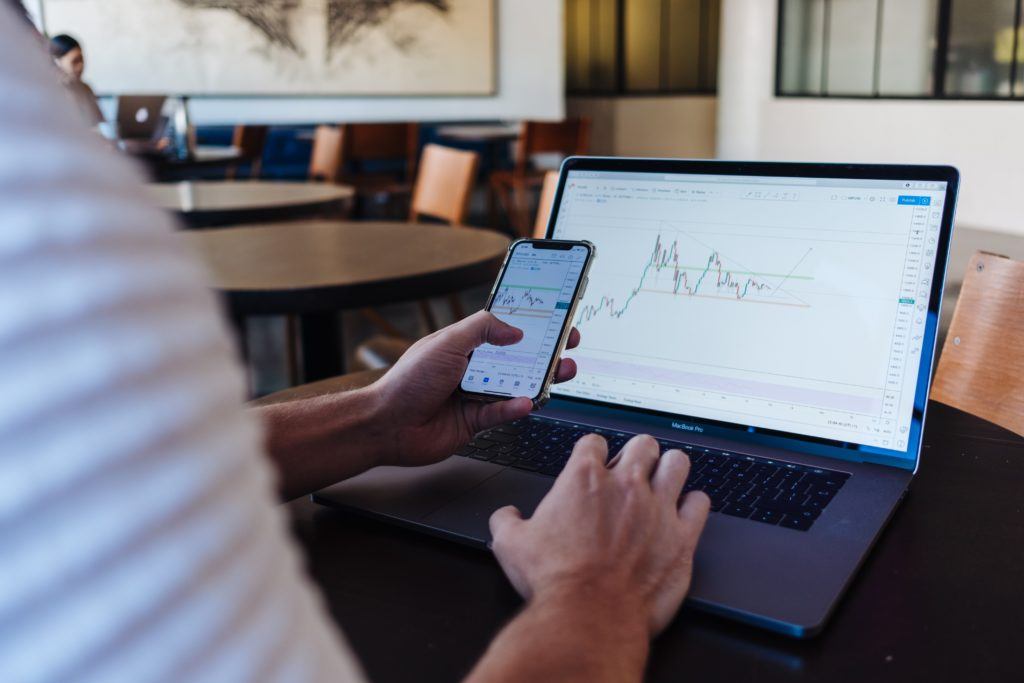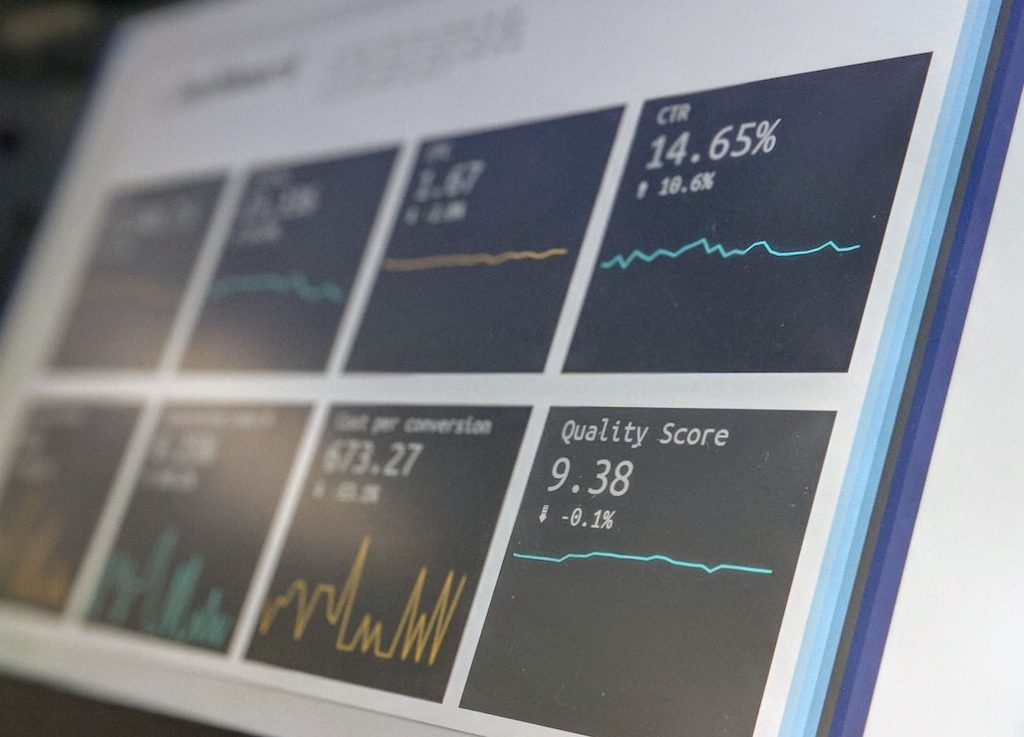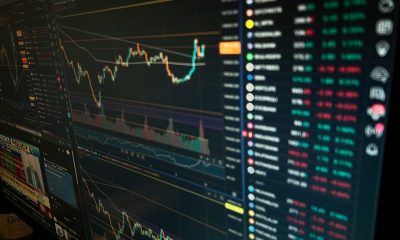Business
When robots meet humans in forex trading
Even in the modern era, contrary to popular belief, conducting trading with the assistance of a robot is not a simple task. Robots are capable of performing many functions which humans cannot but it is your responsibility as the human in the situation to ensure that your trading is optimized to your liking. In this article we dive deep into what effect will robots have on human trading.

Conducting Forex trading with the assistance of robots is not as simple an idea as many people think it is. While robots often provide some well-defined benefits for their human traders, their use in this market is a topic that deserves a closer look.
In the modern economy of automation and AI, a fresh generation of tech-savvy traders are changing the market by applying new software and other new technologies. These changes beg the question: what effect will robots have on human trading?
Automation in forex
The currency exchange market requires a particularly high level of commitment if you expect any kind of success. After all, we’re talking about the most liquid market in the world. According to Nasdaq, Forex is the most actively traded market in the world, with $5 trillion traded every single day. This figure is 25-times higher than global equities trading. At the same time, Forex is constantly moving, so tracking it in any meaningful way is a daunting task.
This is of course where robots enter the picture. If you’re unaware, Forex has its own specific robots dedicated purely towards international currency exchange. A dedicated Forex robot is merely a piece of trading software that automates trading decisions. These robots are typically given pre-sets which they then act upon on an ongoing basis.
You can utilize them for anything from placing a trade to managing trades for you automatically. This level of customization and automation in the trading process has brought more attention to these advanced trading tools.
What do robots have that humans don’t?

Robots are capable of performing many functions which humans cannot. For starters, we are all becoming painfully aware of the extent to which human cognitive abilities cannot outcompete well-designed software. However, they come with several shortcomings that require human attention for them to remain effective.
There is one key area, emotions, where they are not as fallible as humans. This is what really matters in a market as liquid and fast-moving as Forex. These new robots simply don’t make the same kinds of mistakes that people do.
If you’re wondering what holds many potentially great traders back in Forex, human bias usually plays a key role. As educated and prepared as we all are, emotions like fear and pride can easily factor into our trading. People are all liable to suffer from at least one of the following when trying to optimize their trading:
- Fear and hesitation
- Pride and ego
- Greed
- Lack of confidence
- Confirmation bias
- Fatigue
There are many problems that people, including professionals, can face when trading. If you were looking for a complete list of the individual biases that affect trading, it could go on forever.
If you want to utilize an automated strategy that requires minimal human involvement, you could pre-set a robot to trade for you 24 hours a day. The key is picking the right one because, believe it or not, robots suffer from biases that humans do not.
The thing is that they can complement the trading process, but they can’t handle all of the problems that people resort to them for. Regardless of how you use a robot for your trading, you’ll need to maintain successful trader values to succeed on the market.
The bridge between human & automated trading

While automated trading is only going to become more useful and more popular, it’s important to understand where automation can help you. Robots are brilliant when it comes to:
- Removing emotion from the trading process
- Making fast, advanced calculations without error
- Trading 24/7, even when you’re sleeping
- Running multiple programs simultaneously and effectively
- Short-term trades
While these benefits are all amazing and can help you greatly with your trading, you must be aware that they’re not a be-all-end-all solution to the challenges of the market. As previously mentioned, trading robots have their shortcomings, including:
- Data-mining bias
- Rigidity without human intervention
- Mechanical failures
- Over-optimization
While some of these terms may seem surprising at first, consider that a robot can only follow binary instructions. So, while “bias” may sound like a uniquely human problem, robots suffer from a bias in their own way. The data-mining bias that they suffer takes place when they select the best backtests out of a series of hundreds of backtests, assuming that the cherry-picked backtest is the best one for the human trader to purchase
Conclusion
In the end, it is your responsibility as the human in the situation to ensure that your trading is optimized to your liking. If a robot is going to play a part in your trading, it’s important that you not only understand how they work, but that you understand how your human strengths and shortcomings both interact with your robot and its abilities.
—
(Featured image by Kevin Ku via Unsplash)
DISCLAIMER: This article expresses my own ideas and opinions. Any information I have shared are from sources that I believe to be reliable and accurate. I did not receive any financial compensation for writing this post, nor do I own any shares in any company I’ve mentioned. I encourage any reader to do their own diligent research first before making any investment decisions.

-

 Markets1 week ago
Markets1 week agoMixed Market Trends as Global Coffee Growing Conditions Improve
-

 Fintech6 days ago
Fintech6 days agoPayPal Under Fire: Excessive Data Collection and Privacy Concerns in Advertising
-

 Biotech2 weeks ago
Biotech2 weeks agoJohnson & Johnson’s Tecvayli Combo Shows Breakthrough Results in Multiple Myeloma
-

 Africa1 day ago
Africa1 day agoMorocco’s Rising Country Risk Profile Boosts Investor Confidence

























